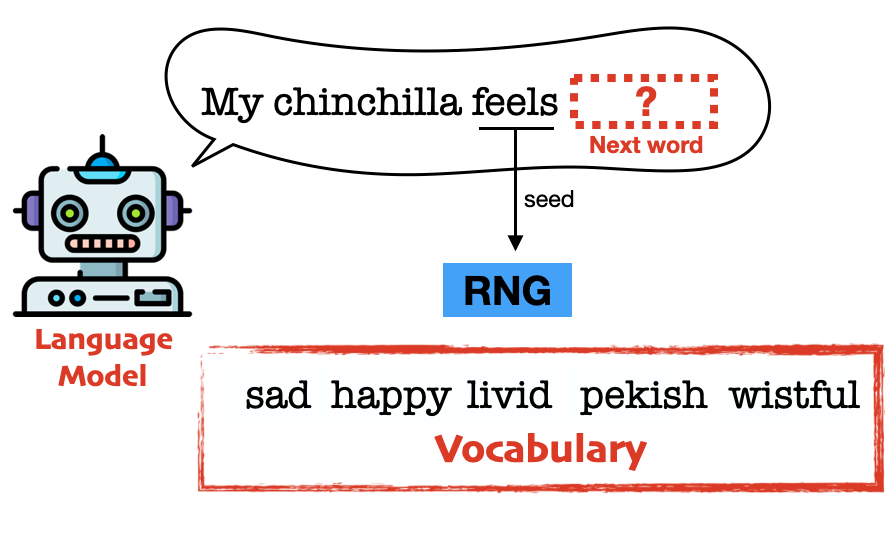
Here's the real story of #SiliconValleyBank, as told the boring way through tedious analysis of balance sheets and SEC filings 🧵
Throughout 2021 startups were raising money from VCs and stashing it in SVB. Deposits increased from $102B to $189B. That's an 85% change in one year. Wow! 

Most news sources claim that SVB stashed this money in relatively safe treasury securities. This is something important that most media sources got wrong.
forbes.com/sites/billcone…
forbes.com/sites/billcone…

The balance sheet reveals that all of that money, over $80B, was invested in mortgage backed securities (MBS). MBS are far more susceptible to interest rate risk than treasury bonds, especially when interests rates get high. 

Rather than increase liquid assets in proportion to their deposits, all this money (and more) got invested in MBS. By the end of 2021, SVB had *decreased* liquid assets (cash and short-term securities) by $7B, setting them up for a liquidity crisis if the tech economy reversed. 

Then came 2022. The tech sector cooled off. Startups stopped raising money and began spending down their balances. Net withdrawals in 2022 were $16B - that’s more than SVB’s cash reserves, forcing them to start selling their bonds. 

As inflation loomed, the Fed pumped up interest rates…a lot. SVB had purchased low-interest bonds and now had to sell before their maturity date. But nobody wants low interest bonds when the Fed is selling high interest bonds. SVB had to sell below face value, taking a loss. 

By 2023, SVB was solvent...technically. They had $211B in assets (largely MBS), which was more than their $195B in liabilities (mostly deposits). $16B more, to be precise. But here’s the rub: Their balance sheet uses the face value of bonds, not the market value. 

The market value of their bonds had decreased by nearly $16B because of interest rate hikes, making their fair market assets almost equal to their liabilities. If interest rates ticked up just a *teensy* bit more, the market value would be less than they owed depositors. 

Interest rates didn't just tick up a teensy bit in 2023 - they went up a half point. We don’t have a Q1 report, but SVB’s fair market value almost certainly fell too low to cover its liabilities. Meanwhile, withdrawals almost certainly accelerated.
SVB's problem seems to have gone unnoticed until they announced a stock sale to raise money to close this gap in their finances. NBD, right? Unfortunately, a stock sale is a sure-fire way to get people to scrutinize your balance sheet. And the rest is history.
Some say SVB was just another victim of high interest rates. This overlooks some of the strange decisions they made. Bank of America holds 12% of its deposits in cash. Wells Fargo has 17%. SVB held only 8% after the 2021 rally, despite poor diversification and higher risk.
You’d think a bank that saw an 85% fluctuation in deposits in one year would have a plan to withstand volatility. But the storm arrived and SVB didn’t own a raincoat.
• • •
Missing some Tweet in this thread? You can try to
force a refresh















